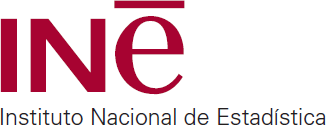Main results
- In 2023, 31.3% of the employed persons worked in companies with fewer than 10 workers, 1.7 points less than in the previous year. 15.8% of those employed did so in companies with 50 to 249 workers, four tenths more than in 2022.
- A total of 391,300 employed persons, mostly women, worked part-time in order to have more time to care for dependents. This figure was 3.5% higher than in 2022.
- The study specialty of Information and Communication Technologies (ICT) presented the highest employment rate in 2023 (79.33%). Mechanics, electronics, other technical training, industry and construction had the lowest unemployment rate (6.02%).

